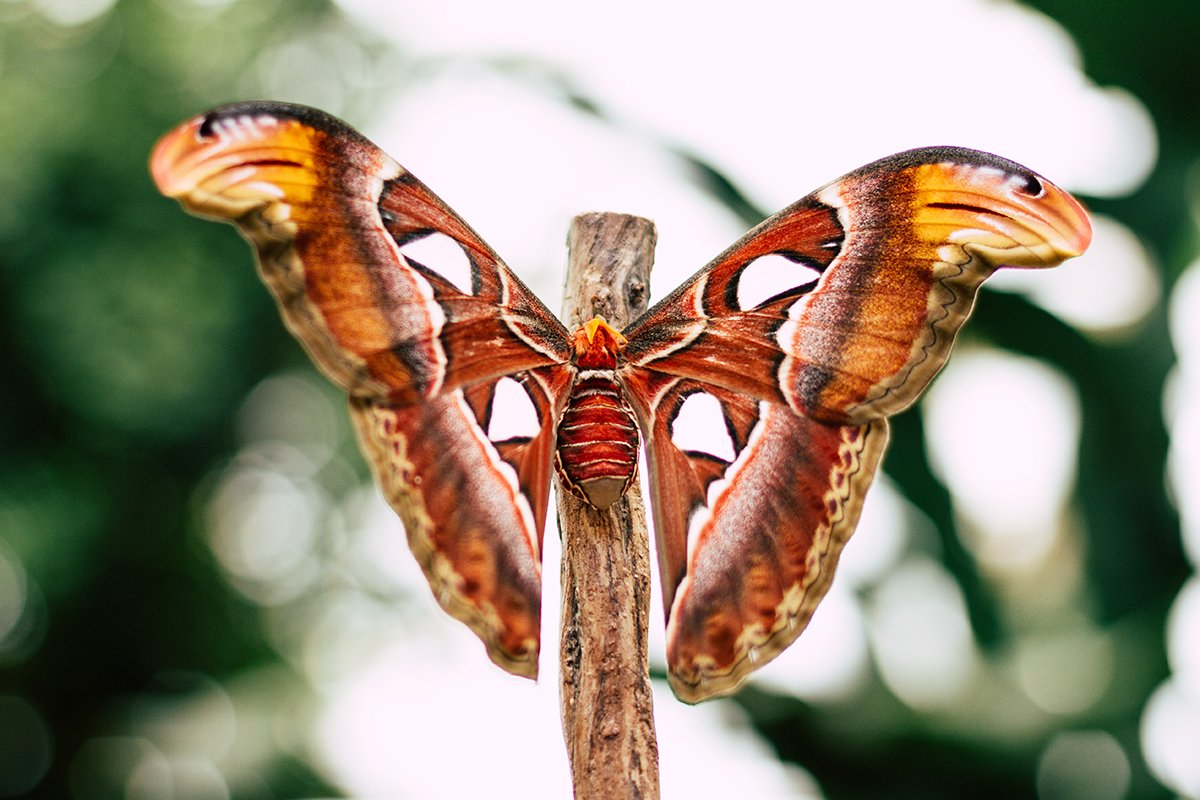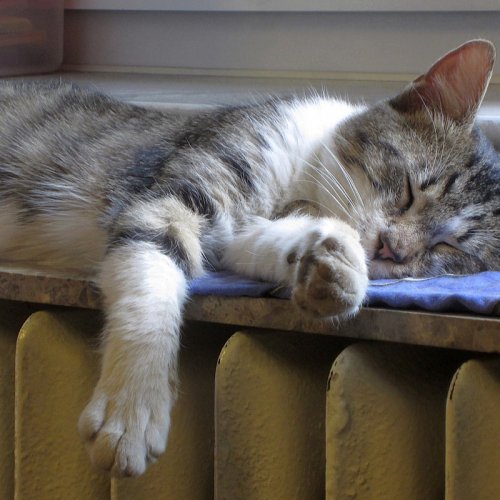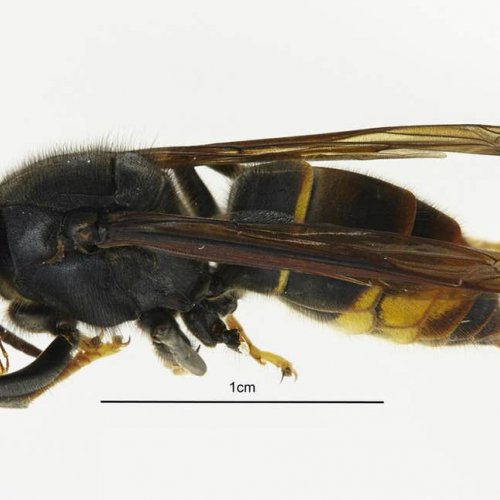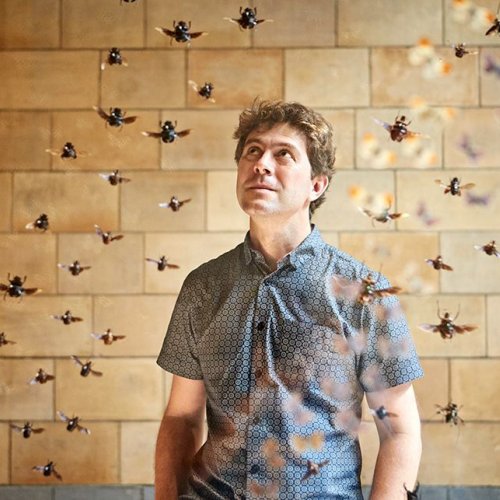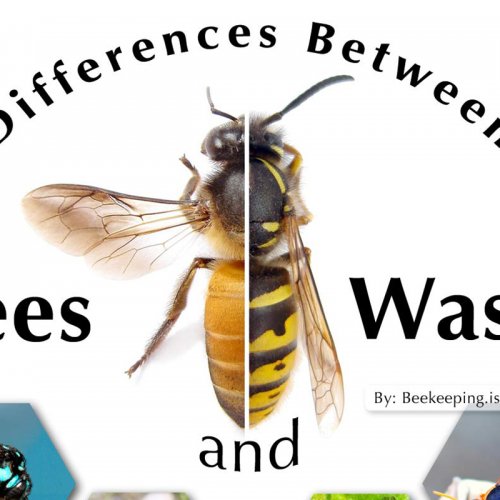You go to your clothes cupboard and reach in for your favourite jumper only to find its got one or two holes in. This could be a really good indicator that you have a moth problem.
They aren't exclusive to the indoors they love the outdoors too. Fruit and leaves with holes in might well again be a sign of moth problems. Obviously different moths have different tastes.
Moths come in different shapes and sizes and are related to the butterfly having the latin name - Lepidoptera meaning scaly wings.
Female moths wanting to lay their eggs indoors will seek out fabric, it provides insulation and potentially food (staining and spillages) for the hatching larvae. Outdoors she will look for fruit trees that will provide a ready food source for the growing larvae which is great for the moth but not so good for you if you too wanted to eat the fruit.
In the UK we have numerous types but here are a few of the more common species. If you want more information pop over to country file.
Brown House Moth: Adult house moths are brown with a few darker spots. They grow up to 14 mm long, and their larvae are up to 20 mm in length. This is the most common type of house moth.
Common Clothes Moth: Adults are straw-colored and have no other markings. They grow up to 8 mm long. Their wings are fringed along the bottom, and they make irregular-shaped holes in fabrics. Clothes moths produce cream colored eggs that hatch into creamy-white caterpillar larva that grow to be around a half-inch long.
White-Shouldered House Moth: Adults have thick, dark-colored forewings with a few light spots. Their larvae are white and about 10 mm in length. These moths are rarer than the others, and they make circular-looking holes in clothes.
Case-Bearing Clothes Moth: Adults have mottled wings and a brown head and are about 10 mm in length. Their larvae are white with a brown head and about 12 mm in length. These moths are not interested in your clothes. They are scavengers and eat food, so you’re likely to find them in your pantry.

